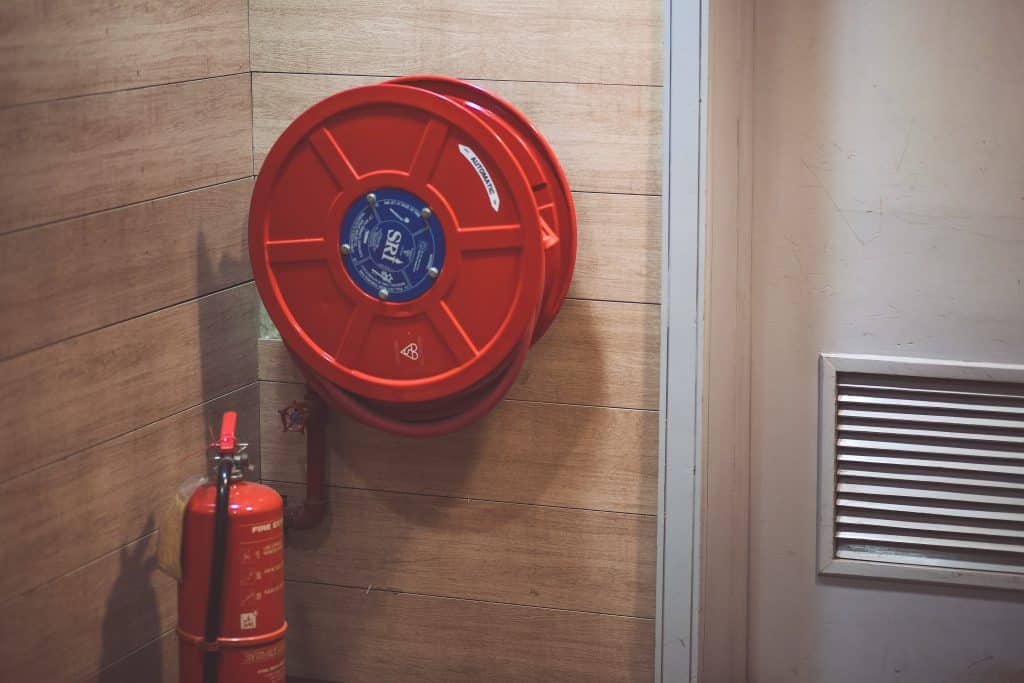The Government have created a 5-step checklist to help people responsible for the simplest of premises to conduct a fire safety risk assessment.
This checklist aims to cover the 5 following steps:
- Fire hazards
- People at risk
- Evaluate and act
- Record, plan and train
- Review
These 5 steps are not only intended to help identify potential fire hazards but also to help implement preventative measures and protect people in the building.
Fire Hazards
A fire hazard refers to any potential source or condition that could ignite and propagate a fire, posing a risk to life, property, or the environment. It includes factors such as flammable materials, faulty electrical wiring, open flames, and inadequate fire safety measures, which increase the likelihood of a fire outbreak and its potential for causing harm.
People at Risk
People at risk refers to not only people who are in the building but also refers to individuals who may face higher vulnerability during a fire emergency. This category typically includes children, elderly individuals, people with disabilities, or those with limited mobility who might require assistance in evacuating a building swiftly and safely. The checklist aims to ensure that adequate measures are in place to protect and evacuate these individuals effectively in the event of a fire.
Evaluate and Act
During the “evaluate and act” step of a fire safety checklist, crucial factors are assessed, including the number of floors and exits, functionality of fire alarms and detection systems, availability of fire extinguishers, accessibility for people with disabilities, and the effectiveness of evacuation routes and signage. Regular fire drills should be conducted to familiarize occupants with procedures and address any shortcomings, enhancing overall fire safety preparedness.
Record, plan and train
This involves keeping comprehensive records of fire safety measures, creating detailed evacuation plans, and providing regular training for occupants. Recording maintenance and inspection schedules of fire safety equipment ensures their proper functioning. Developing evacuation plans with clearly marked escape routes and assembly points prepares occupants for safe evacuation. Regular fire safety training sessions educate individuals about fire hazards, emergency procedures, and the proper use of fire safety equipment, fostering a proactive approach to fire prevention and response.
Review
The review refers to a periodic and systematic assessment of all fire safety measures and procedures to ensure their continued effectiveness and relevance. It involves reevaluating the building’s structure, evacuation plans, fire safety equipment, and training protocols. By conducting regular reviews, any changes in the building’s layout, occupancy, or fire safety regulations can be taken into account, allowing for necessary updates and improvements to maintain a high standard of fire safety preparedness.
Please note you should always seek advice from a trained professional not only for your safety but also for the safety of others. At Martyn Young Fireproofing Consultancy we have over 34 years of experience and are one of the few UK companies that focus solely on fire protection and prevention. Contact us today for expert advice.
To view the Government checklist and the original article click here


